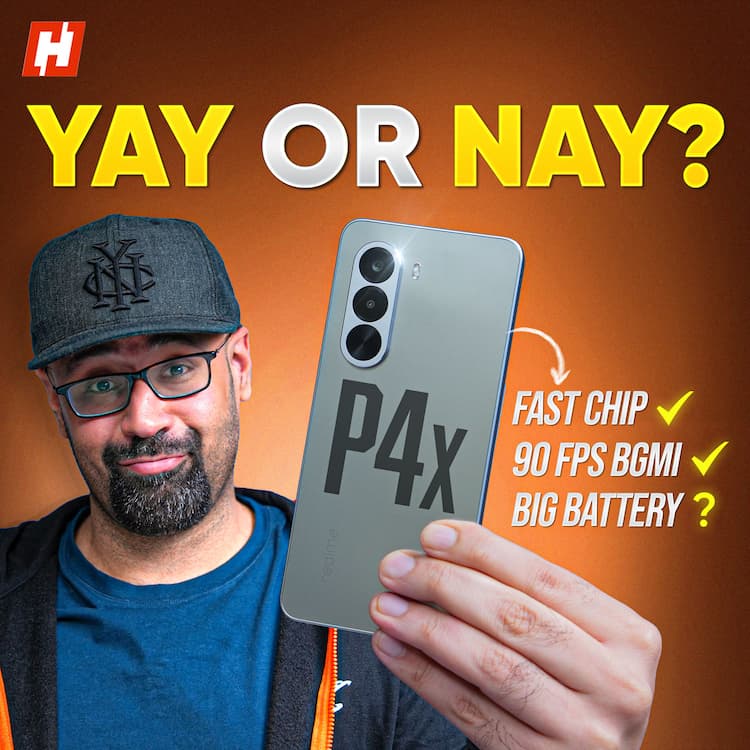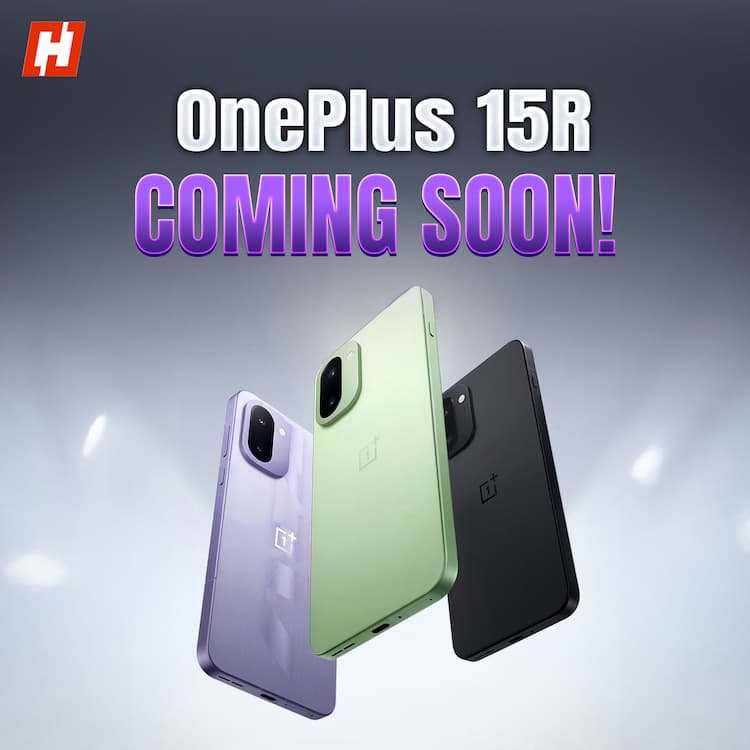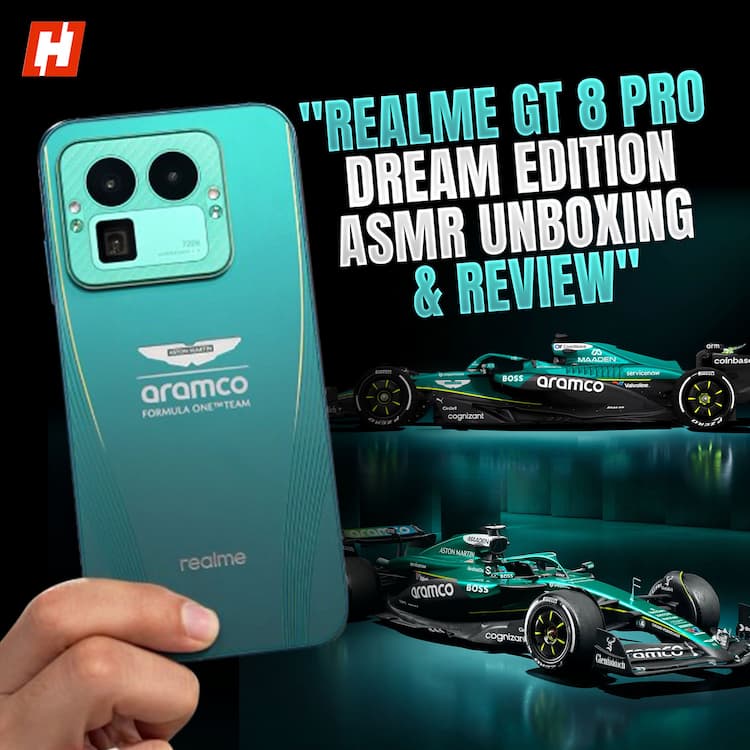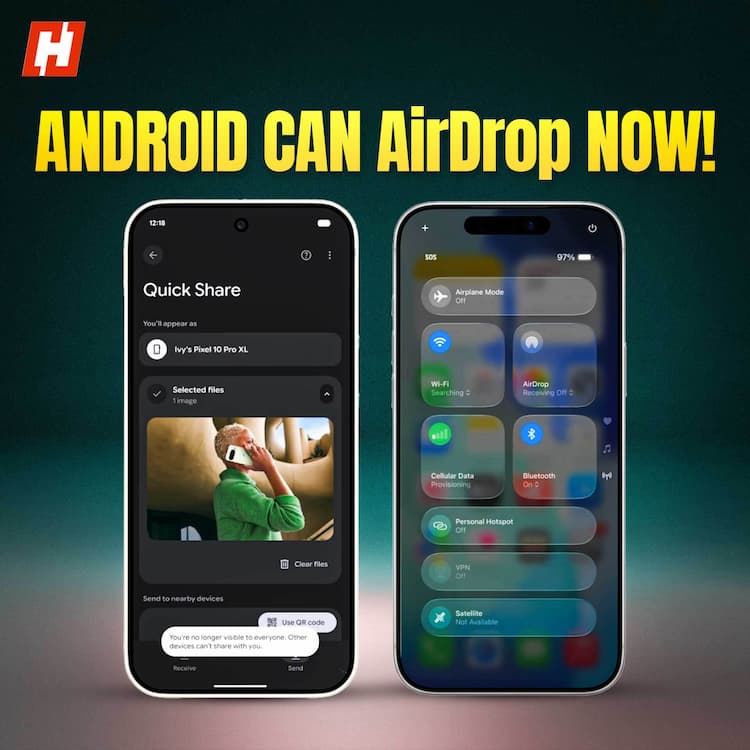OnePlus 13s vs iPhone 16: Time to crown a new compact king?

| Key specs | OnePlus 13s | Apple iPhone 16 |
| Processor | Snapdragon 8 Elite | Mediatek Dimensity 8400 Max |
| Display | 6.32-inch, 1.5K AMOLED, 1600 nits (HBM) | 6.1-inch, Super Retina XDR OLED, 2000 nits (HBM) |
| Front Glass | Gorilla Glass 7i | Ceramic Shield |
| Cameras |
50MP Main+50MP 2X telephoto |
48MP Main+12MP UW |
| Front Camera | 32MP | 12MP |
| Battery & Charging | 5850mAh battery, 80W wired, Bypass charging | 3561mAh battery, 20W wired, MagSafe |
The OnePlus 13S is clearly aiming for the compact flagship throne, and it’s not shy about who it wants to challenge. After a week of using it as my daily driver, side by side with the reigning champ of compact phones, the iPhone 16, I was genuinely surprised. OnePlus isn’t just flexing specs here—it’s delivering real-world performance that punches way above its weight. This one’s not just hype, it’s serious competition.
OnePlus 13s vs iPhone 16: Design
Let’s start with the design, because both these phones absolutely nail that premium flagship feel—glass on the front and back, metal rails on the sides, and solid, compact builds that make one-handed use a breeze.
The iPhone 16 is slightly smaller and lighter than the OnePlus 13S, but not by much. I’ve been using the bold, in-your-face Pink iPhone 16, while the 13S in its India-exclusive Green Silk variant feels far more refined. It has a velvet-touch matte finish that feels soft and luxurious—almost like holding something hand-crafted rather than just mass-produced.
Now don’t get me wrong—the iPhone’s colour-infused matte glass is lovely too. It’s smooth, elegant, and unmistakably Apple. But in terms of pure in-hand feel? The OnePlus 13S might just edge ahead. That said, it’s not perfect. The back is a serious fingerprint magnet. Keeping it smudge-free during our shoots was genuinely tough. The iPhone, by comparison, stayed way cleaner.
When it comes to durability, Apple does pull ahead. The iPhone 16 uses Ceramic Shield, which has a solid track record. The 13S sports Gorilla Glass 7i—not bad at all, but not quite as tough.
Design-wise, the 13S clearly takes inspiration from the best. The camera island screams Pixel, the front feels very Galaxy, and that new Plus Key? Straight from Apple’s playbook.
OnePlus 13s vs iPhone 16: Performance
When it comes to performance, both the OnePlus 13S and its rival deliver seriously impressive day-to-day results. The 13S runs on the Snapdragon 8 Elite chip, while the iPhone 16 is powered by Apple’s A18. Both are absolute flagships when it comes to processing power, and in regular use—app launches, multitasking, even gaming—they felt lightning fast.
But things get interesting when you dive into the benchmarks. The OnePlus 13S pulls ahead in almost every category. In AnTuTu, it scores around 54% higher than the iPhone 16. The gap is even wider in 3DMark’s Wild Life Extreme, with the 13S coming out nearly 70% ahead. The only win for the iPhone? Geekbench’s single-core test, where it leads by a slim 17%. Multi-core? The 13S reclaims the crown by roughly 6%.
So, yes—on paper, the OnePlus 13S looks like the faster phone. But in real life, they’re neck and neck. Games run smooth, apps never lag, and there’s no stutter anywhere.
Now, here’s where things shift. The iPhone 16 does have a big ace up its sleeve—access to AAA console titles like Resident Evil and Death Stranding. But the 60Hz display holds it back. That kind of power deserves a smoother panel. Without it, a lot of that potential just doesn’t get to shine.
But then again all this power on the iPhone feels a little wasted. And it’s because of one thing—the display.
OnePlus 13s vs iPhone 16: Display
On paper, Apple’s display specs sound solid—Super Retina XDR OLED, Dolby Vision, HDR10, and that signature colour calibration. But once you start using it, the 60Hz refresh rate instantly feels like a letdown. In 2025, it’s tough to justify a flagship phone that doesn’t offer a smoother experience, especially when everything else is top-tier.
Now, the OnePlus 13S doesn’t make that mistake. It packs a 1.5K ProXDR panel that supports Dolby Vision, HDR10+, and a proper 120Hz refresh rate. From scrolling through menus to jumping between apps, the entire experience just feels snappier and far more fluid. Even something as basic as opening the app drawer felt visibly smoother on the 13S compared to the iPhone.
It’s not that the A18 chip can’t keep up—it absolutely can. It’s just that the iPhone’s screen isn’t pulling its weight. That said, Apple does claw back a small win in one area: peak brightness. The iPhone 16 hits 2000 nits in HBM mode, while the OnePlus 13S tops out at 1600. So under direct sunlight, the iPhone does hold a slight edge.
As for audio, both offer stereo speakers, but the iPhone still sounds richer, deeper, and more full-bodied. Display win? OnePlus. Sound win? iPhone.
OnePlus 13s vs iPhone 16: Software and UI
When it comes to software, the gap between these two phones is pretty noticeable.
The OnePlus 13S runs OxygenOS 15 built on Android 15, while the iPhone 16 ships with iOS 18. And even though I’m someone who primarily uses an iPhone, I have to admit—OxygenOS left me impressed. It feels light, clean, and responsive. Animations glide, apps open instantly, and thanks to that 120Hz refresh rate, multitasking is a breeze. It genuinely feels fast and fluid across the board.
That said, Apple still holds one important advantage—software support. If you're someone who plans to hang onto a phone for years, the iPhone’s longer update timeline is something to keep in mind.
Now let’s get into the fun stuff: AI. Both phones come packed with smart features like content summaries, photo editing, and writing tools. But OnePlus goes a step further.
Circle to Search on the 13S is quicker and easier to use than Apple’s Visual Intelligence. The built-in editing tools are also ahead—better object removal and smarter framing suggestions.
And the real star? AI Plus Mind. I linked it to the Plus Key—one tap reads what’s on screen and suggests useful actions. It’s intuitive, fast, and genuinely helpful—something I’d love to see baked into more ecosystems.
OnePlus 13s vs iPhone 16: Cameras
The OnePlus 13S packs a 50MP main sensor with both OIS and EIS, and a second 50MP telephoto lens with 2X optical zoom. The iPhone 16 brings a 48MP main shooter with sensor-shift OIS, paired with a 12MP ultrawide. There’s no Hasselblad branding on the OnePlus this time, but don’t let that fool you—this camera setup still packs a punch.
In bright, outdoor conditions, the 13S impressed me with how lively and punchy the images turned out—perfect for social uploads without any tweaks. The iPhone, on the other hand, stuck to a more true-to-life colour profile, and when it came to detail, its 24MP binned shots edged ahead of the 13S’ 12MP output.
In low light, the iPhone did a solid job but occasionally introduced a yellow cast in certain scenes. The 13S was more consistent overall, with better colour accuracy and cleaner processing.
When it comes to portraits, the 13S clearly takes the lead. That dedicated 2X telephoto lens creates a creamy, natural-looking background blur, while the iPhone’s bokeh feels a bit flatter—though subject separation is still top-notch.
Zoom also goes in favour of OnePlus. The telephoto lens handles 2X shots with zero loss, whereas the iPhone relies on digital crop beyond that and it shows.
Front-facing cameras are pretty evenly matched. I liked the iPhone’s skin tones slightly more, but the 13S handled exposure and highlight clipping better.
As for video, both shoot in 4K at 60fps with Dolby Vision, and stabilisation is excellent. The iPhone does pull ahead overall—it still feels like the go-to for professional-looking footage, and the added bonus of spatial audio is a nice touch. The 13S caps front video at 4K 30, while the iPhone goes all the way to 4K 60.
If you want cleaner video and natural-looking stills, the iPhone’s a safe bet. But if you’re posting to social or want more flexibility with portraits and zoom—the 13S is a seriously capable camera phone.
OnePlus 13s vs iPhone 16: Battery
Battery life on both phones is solid, but the OnePlus 13S definitely comes in with the bigger number—a 5850mAh battery compared to the iPhone 16’s 3561mAh. Despite the gap, both comfortably lasted a full day in real-world use. I usually wrapped up with about 30% left on the 13S and 15% on the iPhone.
But when it comes to charging, the 13S wins big. It includes an 80W charger and goes from zero to full in under an hour. The iPhone caps at 20W, comes without a charger, but redeems itself slightly with MagSafe and wireless charging support.
OnePlus 13s vs iPhone 16: Verdict
Here’s the bottom line—these two phones trade blows in almost every area. The iPhone 16 brings that signature polish, delivers excellent video quality, and handles everything with typical Apple finesse.
But that 60Hz display is a real buzzkill in 2025. The OnePlus 13S, on the other hand, feels faster, charges way quicker, and gives you a more flexible camera system. If you're not tied to the Apple ecosystem, the 13S just offers better value—and is the one I’d pick.
Trending in Tech

Realme P4x Performance test — Can it handle everything?

Is the OnePlus 15R the mid-range phone to beat in 2026?

Realme GT 8 Pro Dream Edition ASMR Unboxing & Review: Racing style meets Snapdragon muscle

